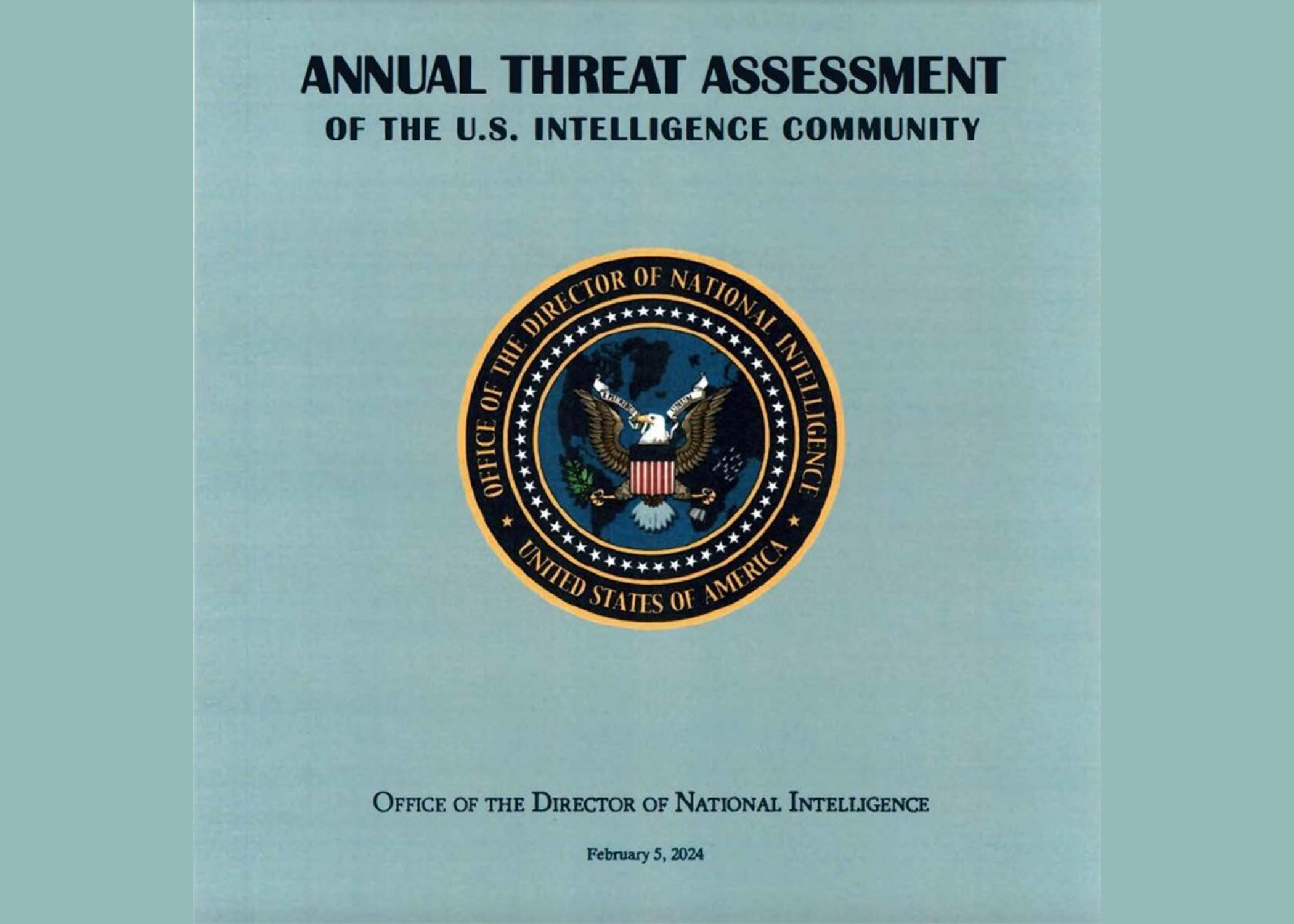U.S. Intel: Iran will Continue to Threaten U.S. Interests’

WASHINGTON DC, United States (Kurdistan 24) – The Office of the Director of National Intelligence, on Monday, publicly released an unclassified version of its yearly report, “Annual Threat Assessment of the U.S. Intelligence Community,” and senior intelligence officials testified about it before the Senate Select Committee on Intelligence (SSCI)
The report cites four countries as significant threats to the U.S. Iran was number three, following China and Russia, but ahead of North Korea.
The section on Iran begins, “Iran will continue to threaten U.S. interests, allies, and influence in the Middle East and intends to entrench its emergent status as a regional power, while minimizing threats to the regime and the risk of direct military conflict.”
Such an assessment, presumably, lies behind U.S. President Joe Biden’s announcement last week of a new policy toward Iran: containment.
Read More: Biden: Need to Contain ‘Threat Posed by Iran’
International Threats are Interrelated
In his opening statement at the SSCI hearing, the Committee’s Vice-Chairman, Sen. Marco Rubio (R, Florida), added another dimension. He described the threat from Iran in broad, strategic terms.
Americans—both analysts and policymakers—tend to “stove-pipe” the world. They see threats in terms of discrete categories: perhaps, individual countries, like Russia, China, Iran, etc., or, perhaps, as groups of countries: Great Powers (or peer competitors), the Middle East, Asia, etc.
What they don’t see is an integrated whole. Yet Rubio does. “I think it’s a mistake, sometimes, to divide all of these problems geographically, because in some ways, they’re all interrelated,” he said in opening remarks.
“Yes, these individual states [China, Russia, Iran, and North Korea] all have different ambitions, but they share a common goal,” Rubio continued. “And the common goal is a word friendlier and better for them and their interests and a world in which America is weakened and less able to act.”
In particular, Rubio cited the conflict in Gaza. “The Chinese and the Russians see great benefit in what’s happening in the Middle East, because they figure every second of our attention that’s paid there is not paid to what’s happening with Ukraine or the Indo-Pacific.”
“The goals that Russia has, the goals that Iran has, the goals that North Korea has, the goals that the Chinese have, may be different goals, but one of the real developments that threatens the security of our country is that they are increasingly partnering with one another,” Rubio stated.
“I think that one of the greatest dangers we face is the inability to see how all these things are interconnected,” he concluded, and “one of the greatest challenges we face is to deal with them, as if they are interconnected.”
Iranian Threats
The intelligence report cited decades-long Iranian support for proxy groups as a major threat that allows Tehran to assume an aggressive posture “while shielding Iranian leaders from significant consequences.”
Of course, in major part, that is the consequence of U.S. policy. Washington could hold Iran responsible for the attacks of proxy groups which it arms and otherwise supports, and respond accordingly.
In Iraq and Syria, U.S. retaliatory strikes on pro-Iranian militias have stopped attacks on U.S. forces since Feb. 4. It remains to be seen if that will last, but over a month has passed, without any such assaults.
However, that is not the case in Yemen, where the Iranian-backed Houthis have been attacking international shipping in a supposed solidarity with the Palestinians in Gaza.
On March 10, in their biggest assault to date, the Houthis launched dozens of drones at Red Sea shipping. U.S., British, and French naval vessels shot them down, and no ship was hit.
However, on the following day, the U.S. responded on a large scale, after the Houthis attacked a merchant ship.
As CENTCOM announced in a written statement, it “conducted six self-defense strikes destroying an unmanned underwater vessel and 18 anti-ship missiles in Houthi controlled areas of Yemen.” i
Whether that will actually stop the attacks remains to be seen. The most obvious way to do so is to sink the Iranian spy ship that coordinates with the Houthis and provides them with targeting information—a point that Sen. Dan Sullivan (R. Alaska) pressed on CENTCOM commander, Gen. Erik Kurilla, when he testified before the Senate Armed Services Committee last week.
So far, however, the White House has been unwilling to authorize such action, as Kurilla seemed to suggest in his testimony.
Now that Biden has announced a “containment” policy toward Iran, the administration may, perhaps, become more muscular in its retaliation. Possibly, it will accept that it is necessary to do something like sink the Iranian ship that provides the targeting information for the Houthis.
Iran is also a threat in terms of its military capabilities. They include its “missile, UAV, air defense, and naval capabilities,” the report said.
Moreover, “Iran’s ballistic missile programs have the largest inventory in the region, and Tehran is emphasizing improving the accuracy, lethality, and reliability of its missiles,” it continued.
“Meanwhile, Iran’s work on space launch vehicles—including its Simorgh—would shorten the timeline to produce an ICBM [intercontinental ballistic missile], if it decided to develop one, because the systems use similar technologies,” the report said.
With an ICBM, Iran could hit Europe, and probably, the U.S. as well.
